
If you’re a business owner, freelancer, or just someone who wants to create a website, you know that finding the right web design tools is essential. Not only do they make the process easier and faster, but they can also take your site to the next level.
This blog post will discuss the ten best web design tools available today. We’ll also take a look at some of their features, as well as answer some frequently asked questions about them. Finally, we’ll give you our thoughts on which ones are worth using. So, if you’re ready to start building the website of your dreams, keep reading!
Whether you’re a seasoned web developer, want to redesign your website, or just starting, many tools can help you build and refine your site. Each tool offers unique features and capabilities to simplify your job, from content management systems to HTML editors.
Features To Look Into Any Web Design Tools
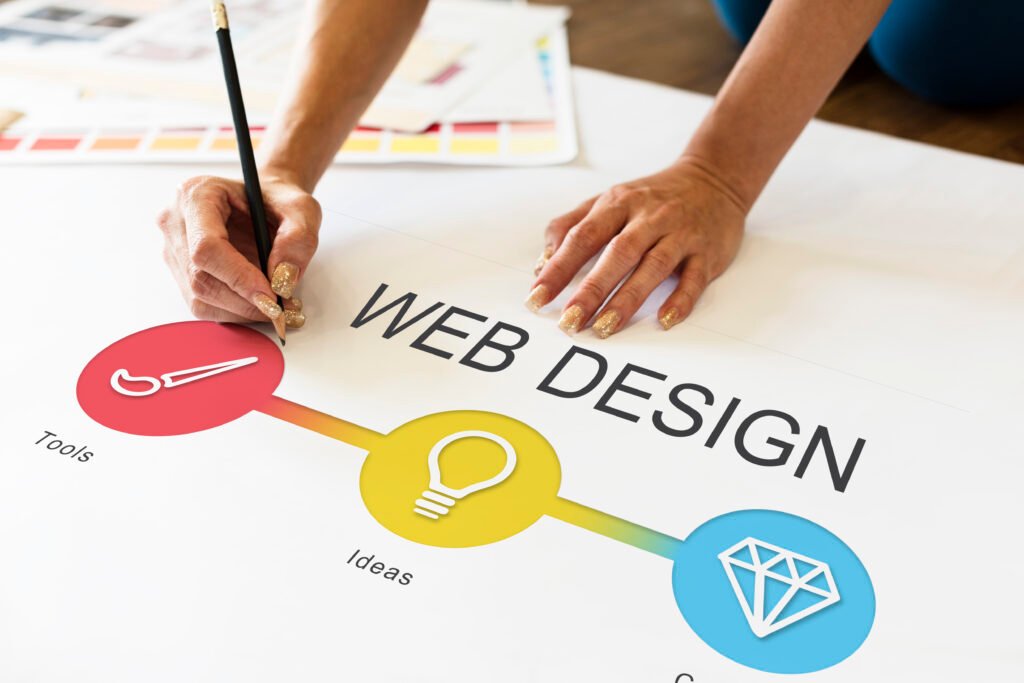
When selecting a web design tool, it’s essential to consider various features and capabilities that can significantly impact your web design process. Here are some key features to look for when evaluating web design tools:
User-friendly Interfaces
These are a hallmark of practical web design tools, characterized by ease of use, intuitive features, and comprehensive tutorials with robust support. The emphasis on simplicity ensures that individuals, irrespective of their experience levels, can swiftly grasp and employ the tool.
This user-centric approach promotes accessibility and accelerates the learning curve for all users. Including intuitive interfaces and supportive resources plays a pivotal role in facilitating a quick and seamless adoption process, enhancing the overall usability of the web design tool.
Compatibility
A proficient web design tool must seamlessly function across diverse devices and platforms, encompassing desktop computers and mobile devices. This universal compatibility guarantees that your website Ensures accessibility to all users, irrespective of the devices they utilize to view it.
By ensuring a consistent user experience across various platforms, the tool contributes to the broad accessibility and inclusivity of your web presence.
Hosting
Web design tools streamline the intricate process of hosting your website on a dedicated server. This simplification empowers you to exercise complete control over the hosting procedures, fostering a scalable, secure, and consistently available online presence.
The ease of managing hosting through these tools contributes to your website’s overall stability and reliability, ensuring it can efficiently accommodate varying levels of traffic while maintaining a high level of security.
Graphics And Templates
An effective web design tool distinguishes itself by presenting a rich variety of graphics and templates, facilitating the development of a polished and professional website. Whether users require images, icons, or templates, a comprehensive selection in one centralized location is pivotal for streamlining the design process.
This inclusivity ensures that designers have the necessary resources at their fingertips, enhancing creativity and efficiency in crafting visually compelling web pages.
Support And Community
Beyond its inherent features, a dependable web design tool goes the extra mile by providing robust support mechanisms and cultivating an active community of users. This ensures that users can access assistance and valuable insights precisely when needed.
Establishing a supportive community fosters an environment where users can freely seek guidance, share experiences, and exchange tips, creating a collaborative space that enhances the overall user experience.
Now, let’s discuss the ten best web design tools of 2023. These tools enable you to craft an aesthetically pleasing and functional website that stands out. But Be sure to explore the options on this list.
Best Web Design Tools In 2023
Several tools out there claim to be the best web design tools, but when it comes down to it, these are some of the top contenders. Let’s take a closer look at each one:
Adobe Dreamweaver
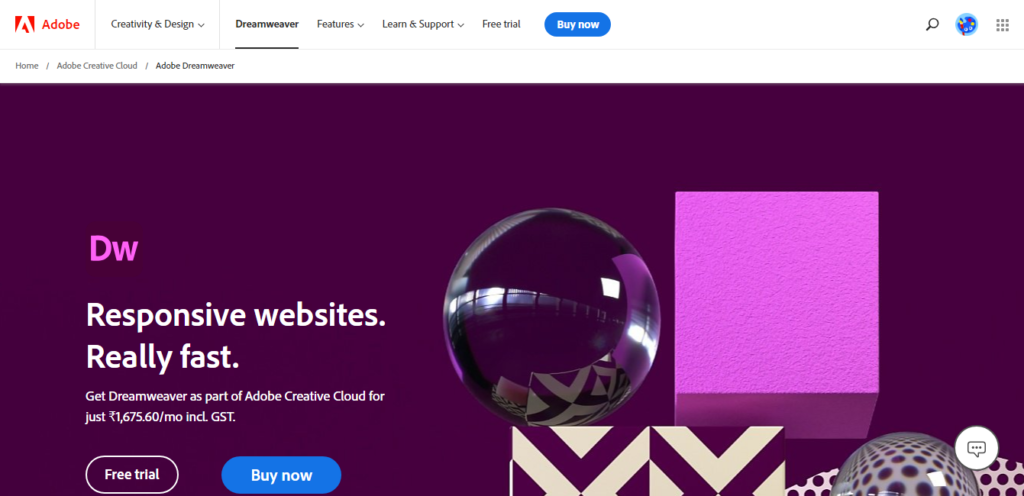
It’s a popular tool on the market, with a user-friendly interface, extensive features, and compatibility with many different platforms. But it’s ideal for developers who want to easily create and manage their websites.
One key advantage of Adobe Dreamweaver is its versatility and power as a web design and development tool. Dreamweaver offers an extensive range of features and functionalities that cater to beginners and experienced developers, making it a popular choice in the industry.
Some of the features are:
- Web fonts and templates
- Easy drag-and-drop functionality
- SASS support for coding efficiency
Webflow
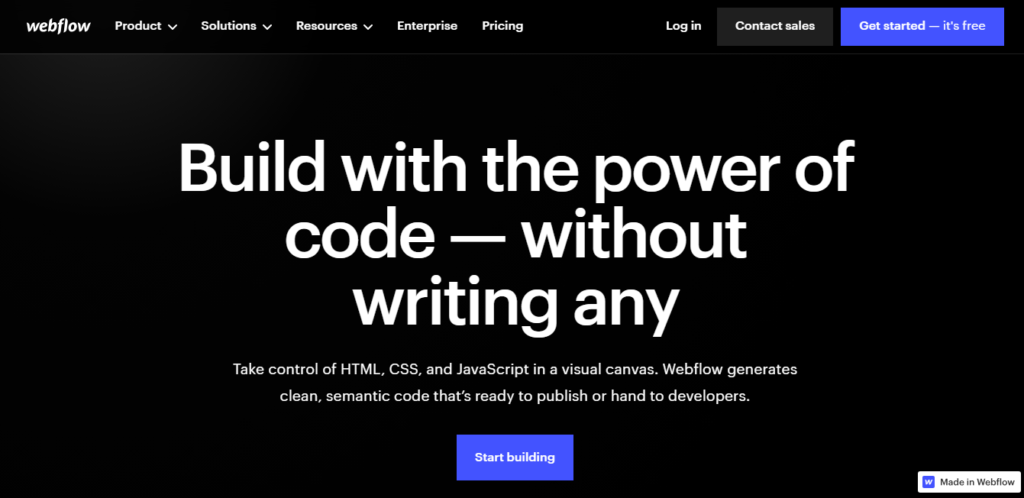
With Webflow, Craft websites with responsive designs that showcase excellently on all devices. Utilize its Drag and Drop functionality to create a custom-made website without any code. It also offers to host and support, making it a great all-in-one tool for website designing.
One of the critical advantages of Webflow is its ability to generate clean and efficient code in the background. This ensures that the websites created with Webflow display visual allure while optimized for performance and search engine visibility.
Features:
- CSS and JS editors
- Web forms
- Custom animations and transitions, etc.
WordPress

It’s been used by millions of websites and boasts a large community of users, so you can always find help and support when needed.
This popular content management system makes creating and managing your website accessible, with features like adding and editing content, managing users, and more. But It also has an extensive library of templates, images, and plugins.
It’s primarily famous for:
- Blogging and online publishing
- Web design
- Ecommerce stores, etc.
Figma Interface Design Tool
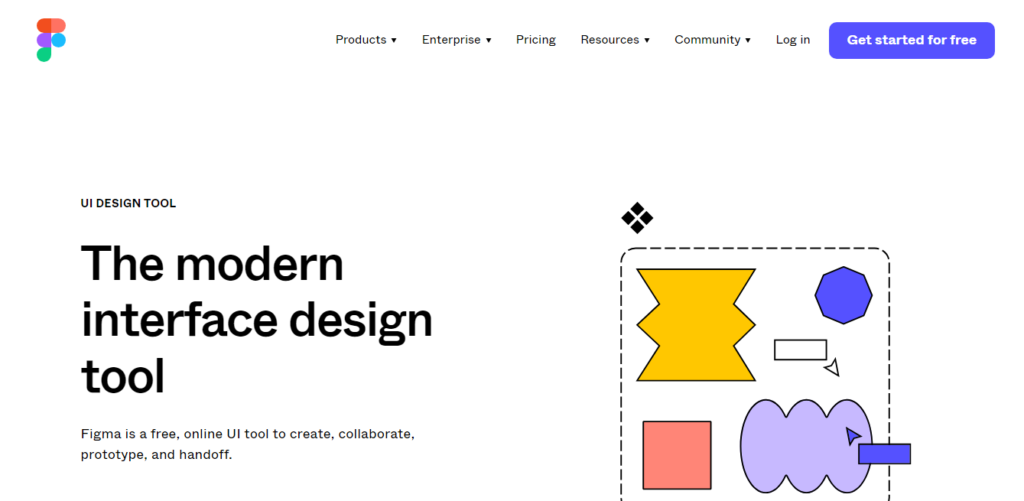
This tool is famous for its ease of use, with features like digital prototyping and collaboration to help you design websites quickly. Plus, it offers seamless integration with other tools, like Webflow and WordPress.
Some of its key features include:
- Real-time design across teams
- Searchable symbols and components
- Integrations with popular tools, etc.
Sketch

This tool is popular among web designers, with features like vector design, flexible export options, and an intuitive interface. Whether you’re just starting or have years of experience, Sketch has everything you need to create beautiful websites.
Some notable features include:
- Vector illustration
- Web prototyping
- A large community of users and tutorials, etc.
Mockplus

This tool is a fast and inexpensive way to create mockups, wireframes, and prototypes. Moreover, It offers a variety of things like instant preview, a Web design kit, and more to help you design web pages quickly and easily.
Some of the key features include:
- Web page templates
- UI library for Web
- A team collaboration tool, etc.
GIMP
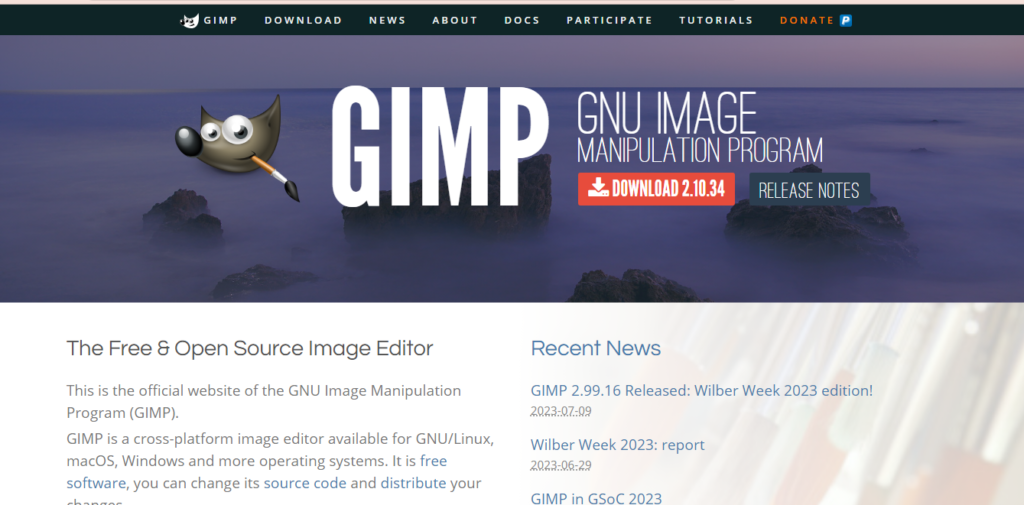
This open-source tool is famous for web designers, with features like filters and effects, quick editing tools, and more. While it might not be as advanced as other options on this list, it’s an excellent choice for beginners.
Some key features include:
- Web and image editing
- Web design templates
- Custom toolkits, etc.
Intuitive Color Picker

This simple web design tool quickly selects and uses colors for your Web pages. All you need to do is choose the color palette and use it freely throughout your website’s elements. You can generate an entire spectrum of colors.
Its features include:
- A variety of color palettes,
- A simple user interface,
- Web design tutorials, etc.
Wix
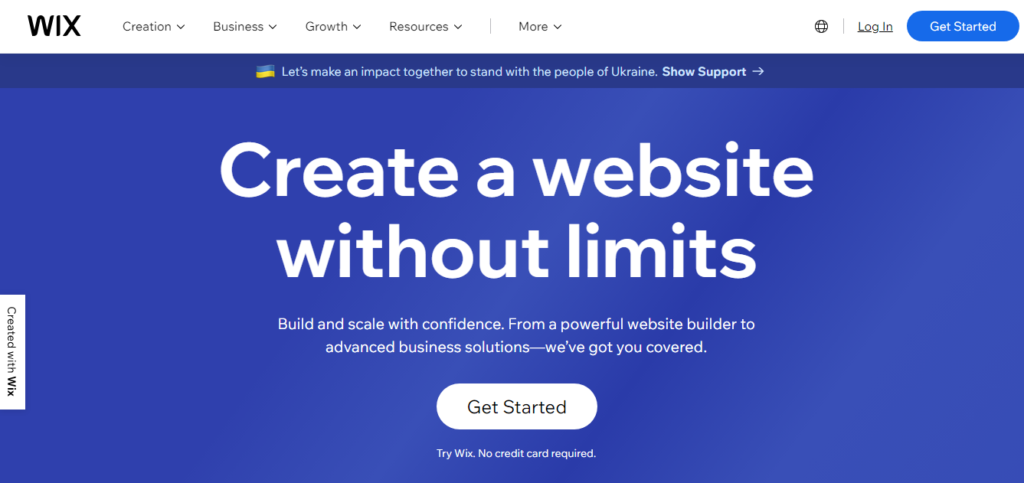
It’s the second-most popular Web design tool on this list, with features like a drag-and-drop editor, Web templates and themes to get you started, and more. However, It Can be used to create anything from simple blogs to ecommerce stores and more natural T Web design.
Features of Wix:
- It’s for beginners and pros
- Advanced Web design capabilities
- Wix Code, an advanced Web development platform, etc.
Cloudways

As a Web designer, you know when it comes to testing your Web pages, nothing beats Cloudways. This tool lets you test your Web pages on actual devices by preventing the real website from breaking with just a few clicks so that you can ensure everything looks and performs flawlessly.
Some key features include:
- Web development tools like Web hosting tests
- Automated testing tools
- Web design analytics, etc.
So, here’s a look at some of the best Web design tools to help you build beautiful, responsive websites that engage your audience.
Why Are Web Design Tools Crucial For Website Development?
Utilizing web design tools is pivotal in website development, providing various features and functionalities that empower Designers to use these tools to craft visually appealing and functional websites.
Explores why web design tools are crucial for website development, highlighting their impact on user experience, efficiency, customization, and overall design quality.
- Efficiency
An array of features and functionalities is provided by web design tools, which speed up the creation of websites. They provide pre-designed templates, drag-and-drop user interfaces, and code generators to make creating web pages faster and easier.
- Visual Appeal
Design is essential for attracting and keeping website visitors interested. The extensive customization choices web design tools provide enable designers to produce visually appealing websites consistent with their brand identity.
- User Experience
Tools for web design frequently have options for improving user experience. They allow designers to produce responsive designs that adjust to multiple screen sizes, ensuring that websites display and work correctly across various devices. User engagement is improved via navigational, interactive, and multimedia integration features.
- Collaboration
Collaboration features of web design tools are frequently included to encourage teamwork between designers, developers, and other stakeholders. They make it simpler for several team members to collaborate on the website creation process since they provide real-time editing, version control, and project sharing.
- Code Efficiency
Most web design tools automatically produce code that is tidy and optimized. In addition to ensuring that websites are well-structured, lightweight, and optimized for search engine exposure and performance, this lowers the risk of coding errors.
- Updates and Support
Web design tools are frequently updated to remain abreast of the most recent trends in web design and technologies. They frequently offer continuous technical assistance, bug patches, and feature upgrades to ensure designers can access the most recent tools for their website development requirements.
Web Design Tools Vs. Content Management System (CMS)
Web Design Tools and Content Management Systems (CMS) are two essential components in creating and managing websites. Both are integral to the successful development and maintenance of a website.
Web design tools and content management systems (CMS) serve different purposes and have distinct functionalities:
Web Design Tools:
- A website’s layout, design elements, and user interface can be created and customized using web design tools, primarily concentrating on website production’s visual and interactive features.
- These tools offer greater design flexibility, allowing designers to have more control over the aesthetics and user experience of the website.
- Web design tools frequently offer direct code editing and visual design capabilities, allowing designers to adjust and modify the underlying code.
- Some web design tools offer collaboration features to facilitate teamwork and project management among designers, developers, and other stakeholders.
Content Management Systems (CMS):
- CMS primarily manages and organizes website content, such as text, images, videos, and other media.
- A WYSIWYG (What You See Is What You Get) editor is frequently used in CMS to facilitate simple content management. CMS offers an intuitive interface for creating, editing, and organizing information.
- CMS enables the creation of dynamic content that is simple to update and organize, such as blog entries, news stories, product listings, and user-generated content.
- CMS often includes features for managing user roles, permissions, and access control, enabling multiple users to contribute to and manage the content.
FAQs
Q1. Does The Web Design Tool Have Advanced Features?
A. It offers a variety of advanced features and capabilities, which we have mentioned above. Go through all the tools and find the one that best suits your needs and skill level. Above all, Some also have a large community of users and resources, which can help you learn more about Web design.
Q2. Which Web Design Tool Is Best For Beginners?
A. Each tool has its strengths and weaknesses. However, it depends on your needs and preferences. Still, some good beginner options include GIMP, Sketch, and Wix. These tools offer easy-to-use interfaces and plenty of Web design templates and tutorials to help you get started.
Q3. Are There Any Free Web Design Tools Available?
A. Yes, there are free web design tools available such as WordPress, Wix, Weebly, Canva, GIMP, Sketch (free trial), Figma (free plan), Gravit Designer, and Inkscape.
Each tool has unique features and limitations, so exploring and choosing the one that best fits your specific design needs is recommended.
Final Thoughts
Now that you know the best Web design, With the array of tools at your disposal, Choose the tool that best suits your requirements and start building beautiful Web pages today.
If you have any questions about the above topic, please leave them in the comment sections. We will be happy to answer you.
Thanks for reading 🙂






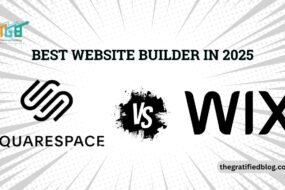

No Comments